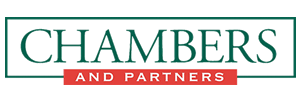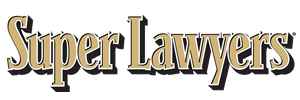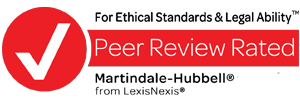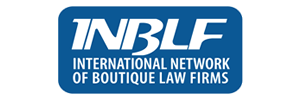By Asmar, Schor & McKenna, PLLC
Insurance requirements and endorsements on construction projects are necessary components to any construction agreement. However, construction risk management is complex, and insurance terms and conditions are often considered as an afterthought to the underlying agreement. While common, this practice can be dangerous for both owners and contractors, particularly as it relates to additional insured (AI) endorsements. AI coverage operates independently of any other contractual agreement while also greatly impacting the parties’ rights and obligations. For this reason, AI endorsements merit independent review and consideration.
Additional Insured Status
Owners universally request to be granted AI status under their contractors’ insurance policies. But what does this mean, and how does it impact the parties? An AI is simply a party, other than the named insured, that is covered by the named insured’s policy. AI status grants the party direct access the coverage as an insured under the policy. This means, for example, that the insurer has an obligation to defend the additional insured against covered claims and pay any settlements or awards on behalf of the additional insured, just as it does for a named insured. This is vastly different from the status of certificate holder, which is merely a party that has requested and obtained a certificate of insurance showing that the other party has met the insurance requirements set forth in the construction agreement.
Scope of Coverage
The AI endorsement itself, and not the underlying construction agreement, will set forth the scope of the AI coverage. In most cases, the AI’s rights and obligations under the policy will not be as broad as the named insured’s rights and obligations. For example, the AI is not entitled to notice of cancellation of the policy. Many of the newer AI endorsement forms only grant AI status to the extent of the insurance policy limits set forth in the underlying construction agreement. This means, for example, that if the construction contract requires that the contractor carry $1 million in Commercial General Liability coverage, this $1 million amount is the limit of the AI’s coverage access. This is the case even if the contractor carries significantly higher coverage limits.
It is critical that the parties review and understand the AI provisions and language of the specific endorsement in conjunction with the terms of the underlying construction contract and applicable state law. For example, many states have enacted laws that void contract provisions that purport to require a party to insure another (via AI status) for that party’s own fault or negligence. Additionally, AI endorsement language may override express contract language, even if the parties do not intend such a result. If the insurance provisions in the construction contract specifically limit insurance coverage to the named insured’s indemnification obligations, the granting of AI status would not be impacted by such limitation. This is because, while the named insured’s insurance coverage was limited by the agreement, the additional insured’s independent status as an insured has not been limited.
Considerations for Owners and Contractors
AI endorsements are an undoubtedly essential component of insurance requirements on construction projects. Despite the complexity associated with AI endorsements, there are several key factors that all owners and contractors should consider before agreeing to insurance terms and conditions:
- AI status is not the same as that of a certificate holder. Parties sometimes propose “certificate holder” status as an alternative to providing an AI endorsement. However, providing a certificate of insurance confers no additional rights upon the certificate holder. In general, parties should be cautious about readily accepting any other proposed alternatives to AI endorsements, including Owners and Contractors Protective (OCP) liability insurance, without speaking with an attorney or risk management consultant to confirm the alternative meets the parties’ needs.
- AI endorsement forms vary not just among the specific endorsements, but also year to year, in significant ways. If the insurance requirements specify an AI endorsement, contractors must confirm with their insurers that the form is acceptable. For example, many insurers insist on using endorsement forms from 2013 or later, which limit AI coverage to the amount required by the construction contract.
- AI status is closely related to, but very different from, indemnity obligations set forth in the construction agreement. The indemnification provisions of the contract should be reviewed together with the AI endorsement language for consistency. These clauses also must be reviewed against applicable state law, as some states have enacted statutes that void any provision in a construction agreement that requires a party to provide liability coverage to another party as an additional insured for that party’s own fault or negligence.
Above all, if there are concerns regarding whether the AI requirements or the specific endorsements meet the project’s needs, the parties should reach out to attorneys who have experience and training regarding construction risk management.
Asmar, Schor & McKenna, PLLC specializes in contract negotiation and drafting for complex commercial developments on behalf of owners and contractors.






